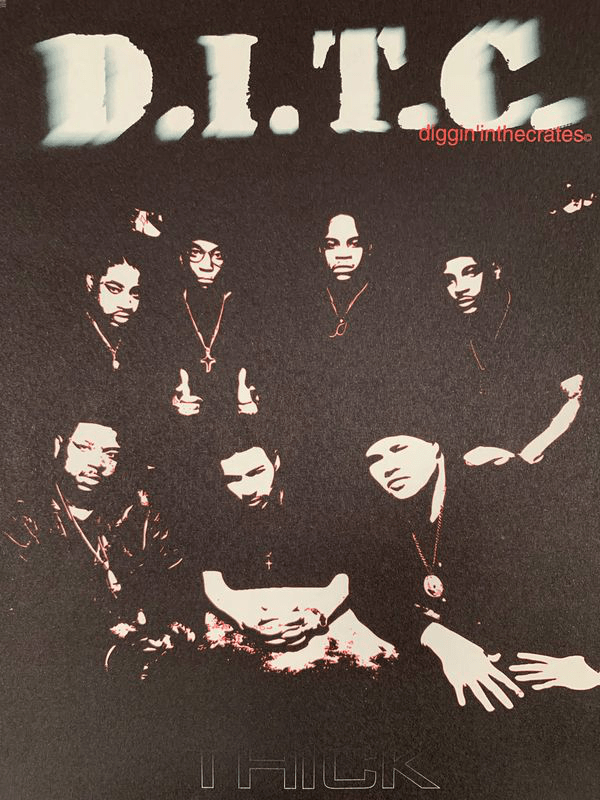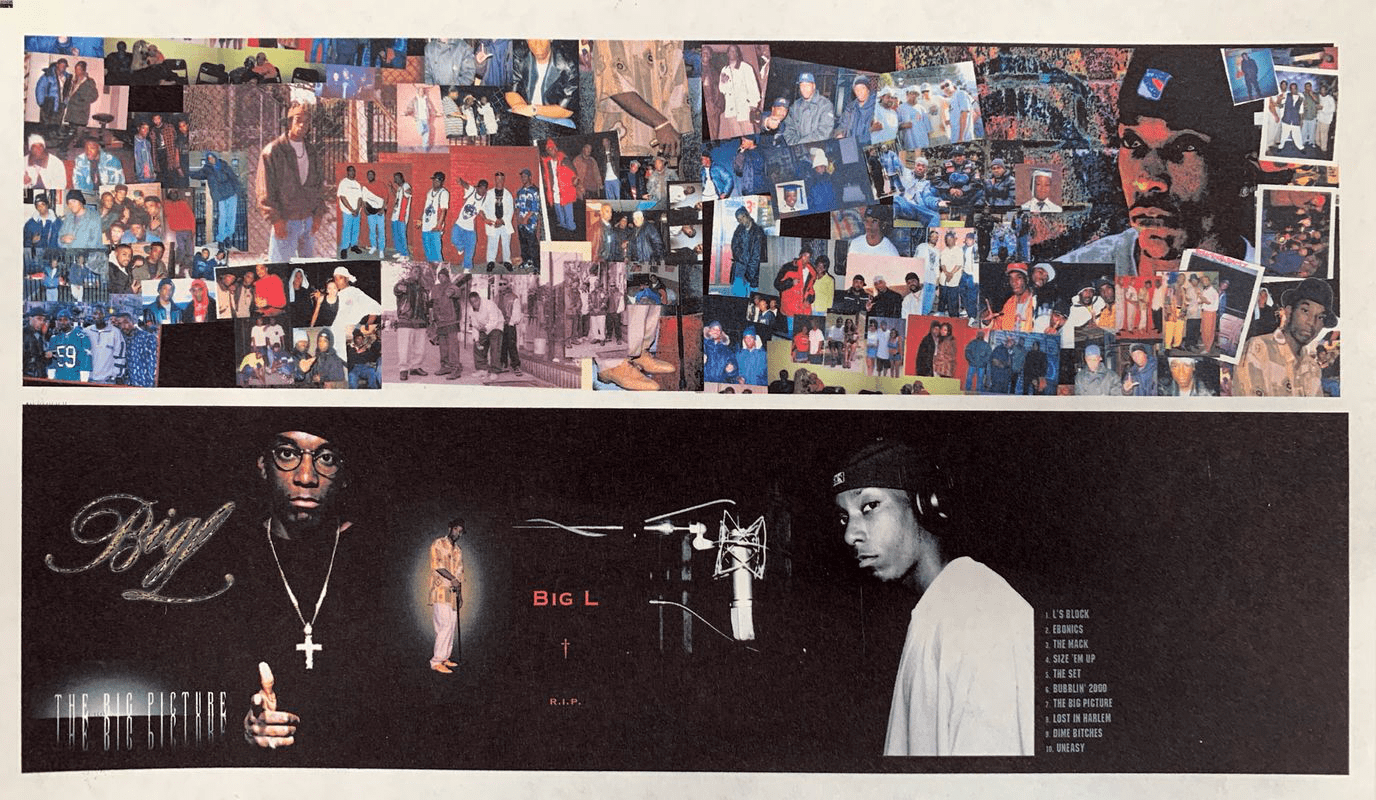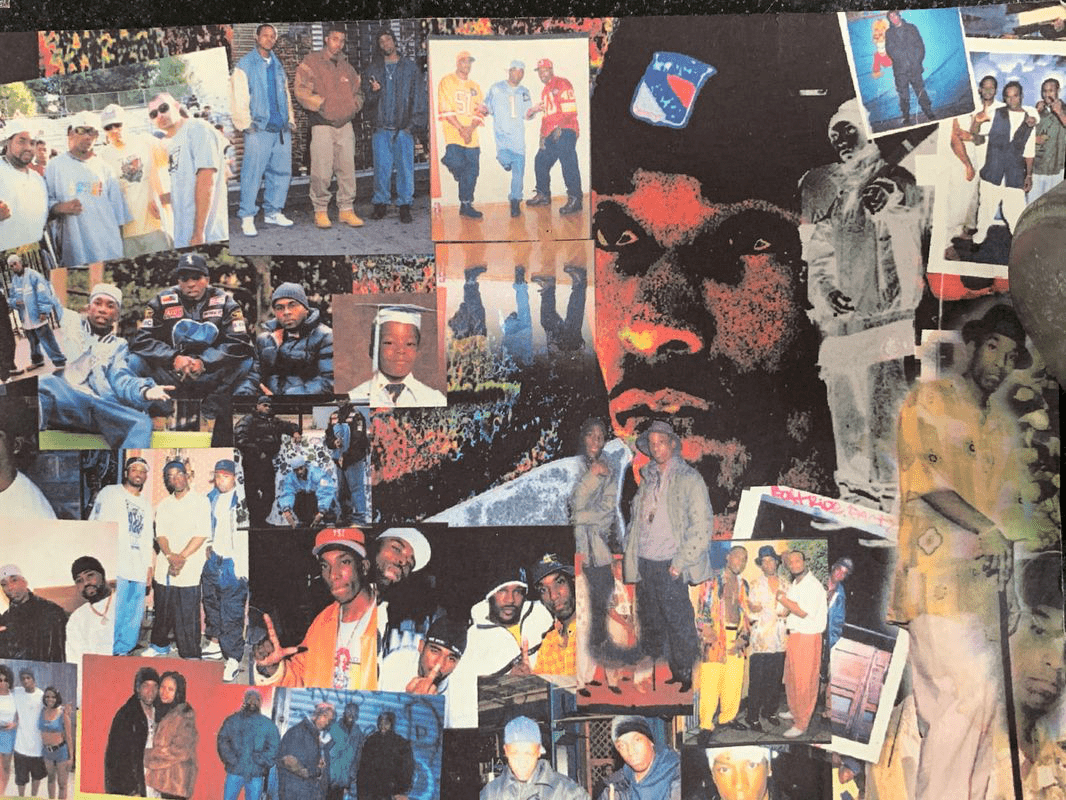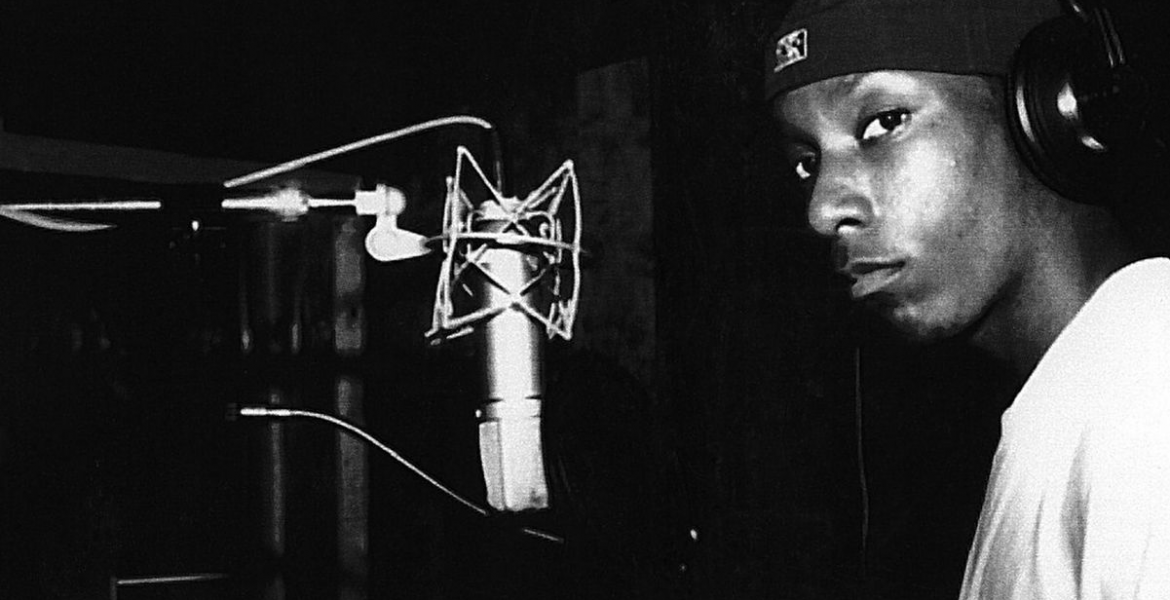Twenty two years after the murder of rapper Big L, FRANK looks back at his life and legacy. He was shot and killed in February 1999, in his native Harlem. Despite his life and career both being cut short – he was 24 when he was killed, and had only released Lifestylez ov da Poor & Dangerous – his legacy has been carried on by both his music, and the culture and people he influenced.
When we asked him about Big L’s legacy, Stretch Armstrong told FRANK, “Big L embodied hip-hop. For those familiar with him, he is universally loved and respected, as a lyricist, and as an emcee with a supremely impeccable flow. His promise as a recording artist was huge, and his legend continues to grow with each new generation of hip-hop fans.
 Big L was a guest on our radio show more than any other artist, coming home regularly from our earliest days to the end. He brought Murder Mase (who became Mase), Killa Cam (who became Cam’ron) years before they became household names, and in 1995 brought a ridiculously confident Jay-Z for their legendary back and forth freestyle that remains one of the most streamed live hip-hop moments ever. Because of how hard he always repped on our show, how cool and respectful he was as a person, and because he lived near the station, he had a proverbial key to the station, always welcome. He’ll forever be a part of the fabric of our radio show, and it’s always an honor to be recognized for giving such an important figure the platform we gave him.”
Big L was a guest on our radio show more than any other artist, coming home regularly from our earliest days to the end. He brought Murder Mase (who became Mase), Killa Cam (who became Cam’ron) years before they became household names, and in 1995 brought a ridiculously confident Jay-Z for their legendary back and forth freestyle that remains one of the most streamed live hip-hop moments ever. Because of how hard he always repped on our show, how cool and respectful he was as a person, and because he lived near the station, he had a proverbial key to the station, always welcome. He’ll forever be a part of the fabric of our radio show, and it’s always an honor to be recognized for giving such an important figure the platform we gave him.”
And it was those kinds of platforms where L excelled. In a VIBE interview, Funkmaster Flex said, “People can get mad at me for saying this, but he was the best lyricist at the time. He was a better lyricist than Biggie and Jay-Z. He just didn’t have the marketing and promotion. Let me go on the record and say that. It’s the truth.”
His firm voice, vivid metaphors, solid flow, and punchline-driven, multisyllable rhymes, laid the foundation for many rappers to come, within both old and new school hip-hop. One of his most popular singles, “Ebonics,” is an example.
“Exactly how he spoke and behaved in his every day is how his music came across. His shit sounded gangster but he was often joking; he was a funny, ironic dude. It was humor and he would take real-life situations and turn them into jokes. He had this genius about translating and interpreting what he saw. He’d sit around, laugh, joke, snap on people—but at the same time, he’d be soaking all that shit up.” -O.C. in an interview with VIBE

“He scared me to death. When I heard that on tape, I was scared to death. I said, ‘Yo, it’s no way I can compete if this is what I gotta compete with.” -Nas in an interview with Funkmaster Flex, 2006
His second posthumous album The Big Picture was put together by his friend and manager, Rich King for release in 2000. The album includes singles “Ebonics,” “The Enemy,” and “The Heist.” The album also features Kool G Rap, Fat Joe, Big Daddy Kane and Remy Ma, and production from DJ Premier, Pete Rock, Lord Finesse, and others.
The album art for L’s second record was designed by artist Jamie Story, whose artwork style was copied by other rappers of that time. On the legacy of Big L, Story told us “He was a 16-bar scientist, and his lack of material makes him more legendary.”

And as twenty two years have passed, Big L has continued to inspire. The old school generation was shaped by him, and the new school generation is shaped by his legacy.

In his own words, “You can’t kill Big L, he was born dead.” Rest in power.


